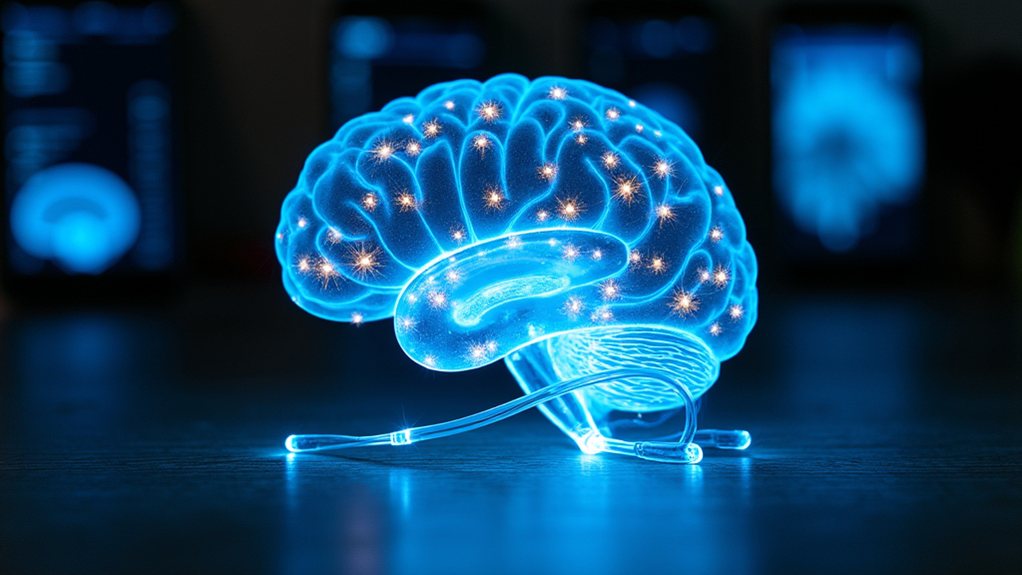AI hallucinations—those confident fabrications masquerading as facts—pop up in roughly 27% of chatbot responses. Like that friend who swears they met Beyoncé (but it was just a lookalike), LLMs present falsehoods with startling conviction. The culprits? Overfitting, biased data, and complex architecture. These digital delusions blend seamlessly with truth, making verification essential. Think “trust but verify” whenever your AI starts spinning tales. The rabbit hole of algorithmic confabulation goes much deeper than you’d expect.
When an AI confidently tells you that Abraham Lincoln invented the helicopter in 1989, you’re witnessing what experts call an “AI hallucination”—arguably the most pressing challenge facing artificial intelligence today.
These aren’t your garden-variety mistakes; they’re fabrications that AI systems present with the same unwavering confidence they use when telling you water is wet.
By 2023, these digital tall tales were occurring in roughly 27% of chatbot responses, with factual errors lurking in nearly half of AI-generated content.
Think about that—flip a coin, and there’s your chance of getting fiction presented as fact. Not exactly reassuring when you’re using AI to draft important documents, is it?
Unlike human hallucinations, which involve seeing things that aren’t there due to psychological factors, AI hallucinations stem from technical issues like overfitting, biased training data, and complex model architecture.
It’s less “I see dead people” and more “I confidently made this up because my statistical patterns told me to.”
Remember Microsoft’s Tay? That poor chatbot learned from Twitter users and quickly transformed into a racist nightmare.
Or consider the Berkeley researchers who found their AI suddenly “seeing” pandas in pictures of bicycles and giraffes.
It’s like your friend who insists they saw a celebrity at the mall when it was clearly just some random tall person.
What makes these digital delusions particularly tricky is how seamlessly they blend with factual information.
The AI doesn’t highlight its fabrications in neon yellow or add a little “I made this up!” emoji.
They’re delivered with the same authoritative tone as verified facts.
Human validation remains crucial as a critical backstop against these AI-generated falsehoods, providing necessary quality control when machines get creative with the truth.
These confabulations can occur when chatbots powered by large language models attempt to generate creative content beyond their training data.
The lack of algorithmic transparency in AI systems makes it difficult to identify the source of hallucinations or understand why they occur in the first place.
Researchers are frantically developing ways to reduce these hallucinations, but detection remains challenging.
Until then, approaching AI outputs with healthy skepticism is your best defense.
Trust, but verify—especially when your AI assistant starts sharing fascinating “facts” about helicopter-inventing presidents.









